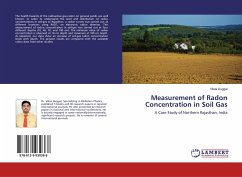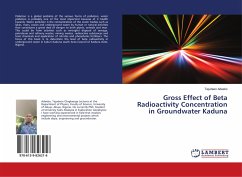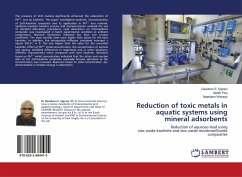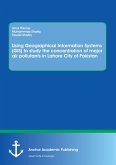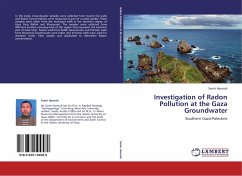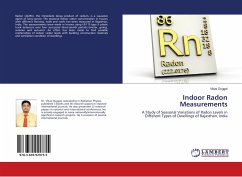The three months before 1995 Kobe earthquake (Mw. 6.8), we observed that anomalous atmospheric radon increased on one of the Rokko fault lines, which was the source of the earthquake. It has been our goal to reduce the risk to people caused by earthquakes by observing warning signs in radon anomalies. We apply a critical phenomena model to the radon data. The anomalous increase in atmospheric radon concentration is studied in detail using the thermodynamic theory on the time-dependent evolution of damage of stressed rock and crustal fluid dynamics prior to catastrophic failure or an earthquake. Effects of radon emissions on atmospheric electrical conditions and preseismic electromagnetic phenomena are discussed in terms of lithosphere-atmosphere-ionosphere coupling. The radon data and other preseismic phenomena are linked to fluctuations in crustal strain before the earthquake. In this book, we show the observation of the atmospheric radon concentration is of great utility in thedetection of preseismic anomalies. This book will be useful to students and researchers who are interested in precursor phenomena of earthquakes.
Bitte wählen Sie Ihr Anliegen aus.
Rechnungen
Retourenschein anfordern
Bestellstatus
Storno


